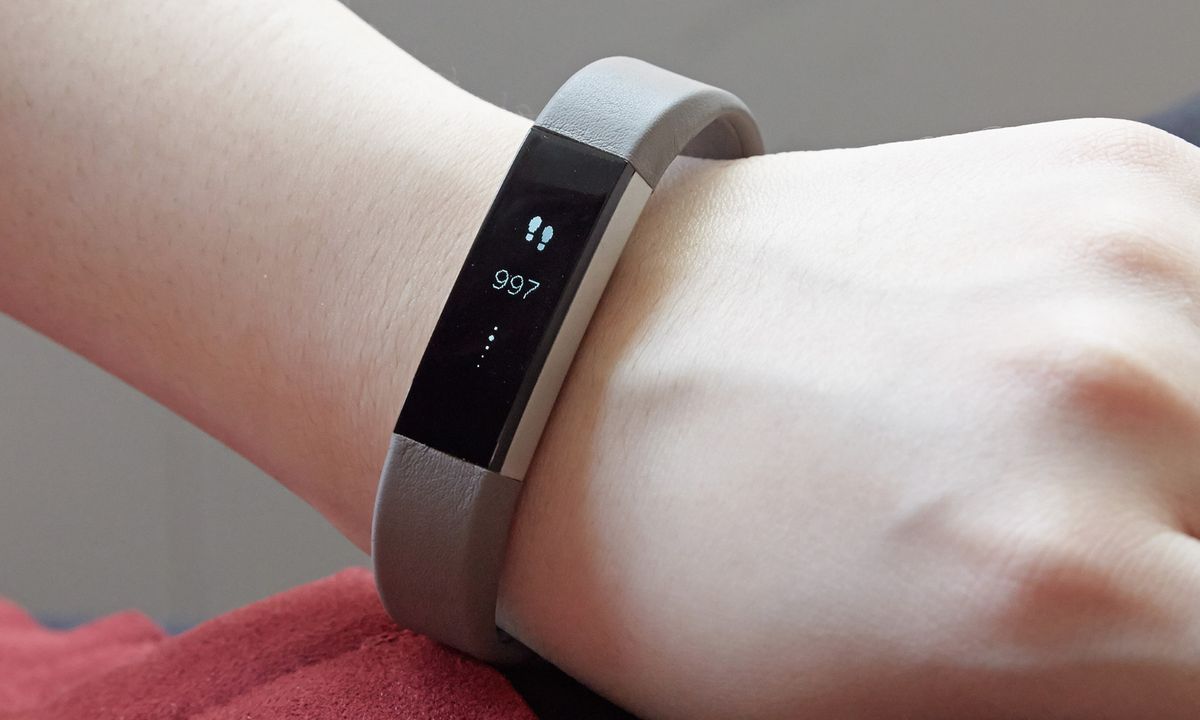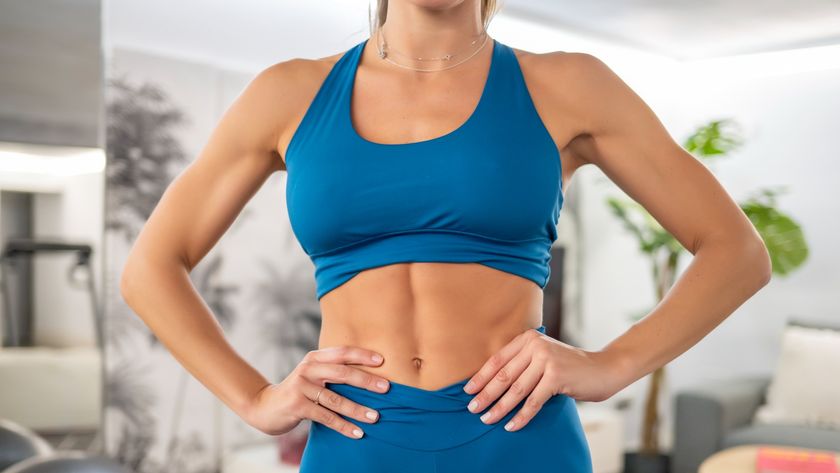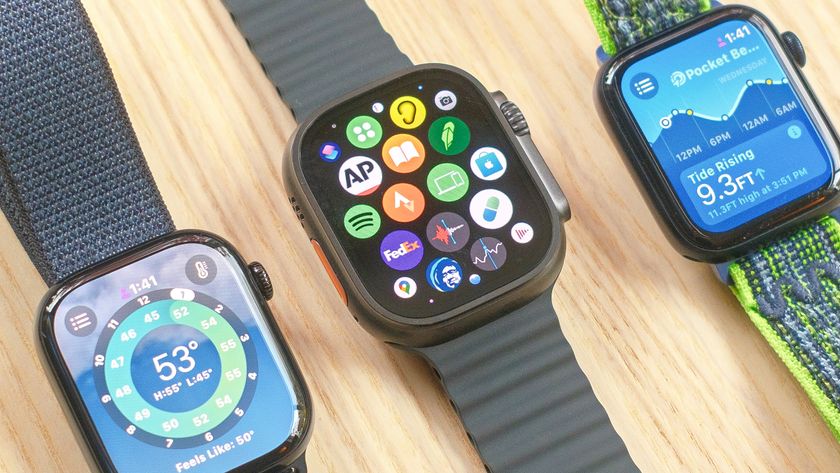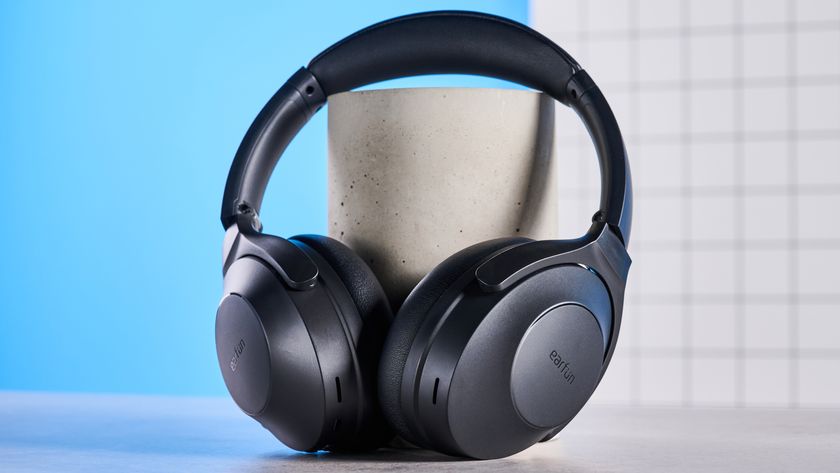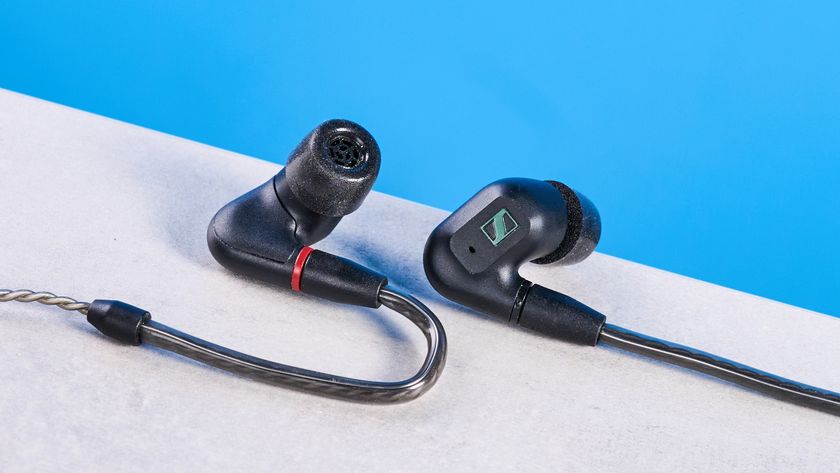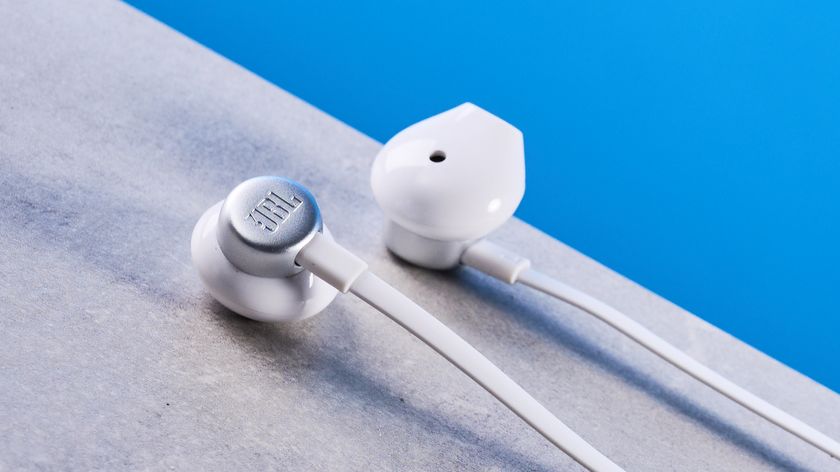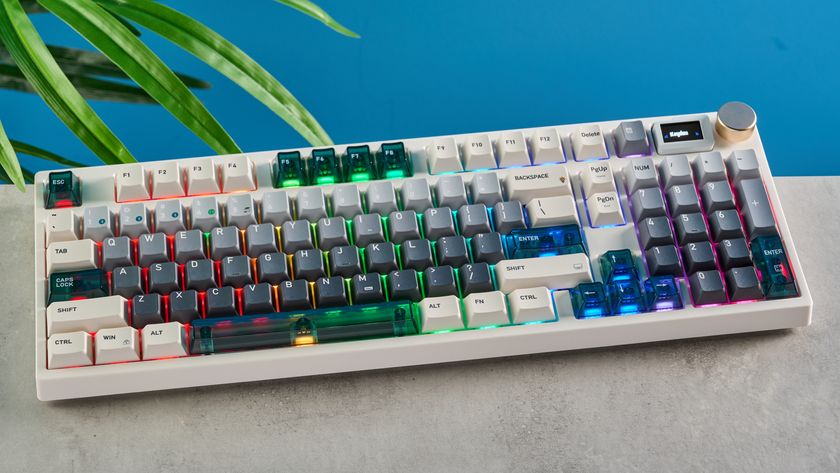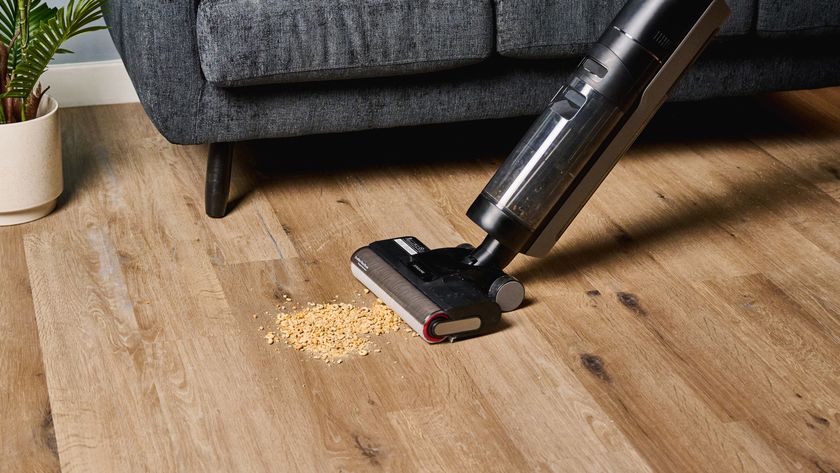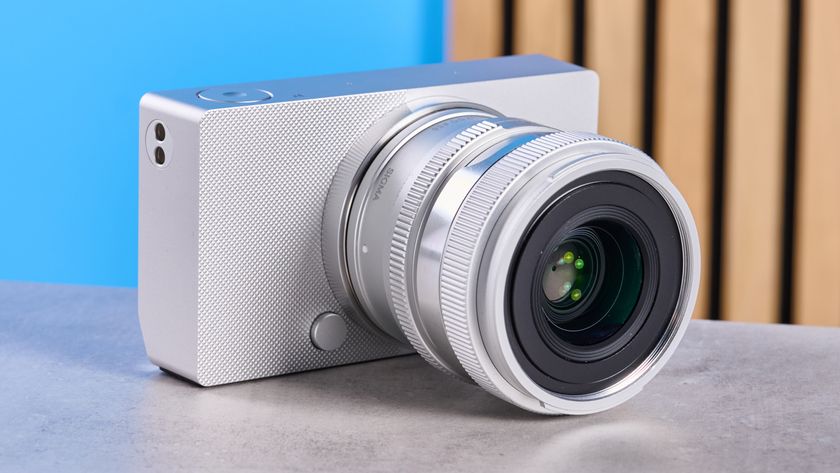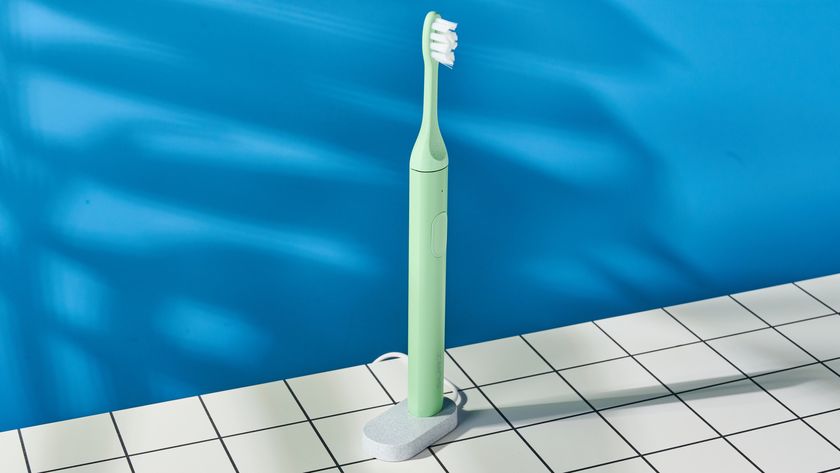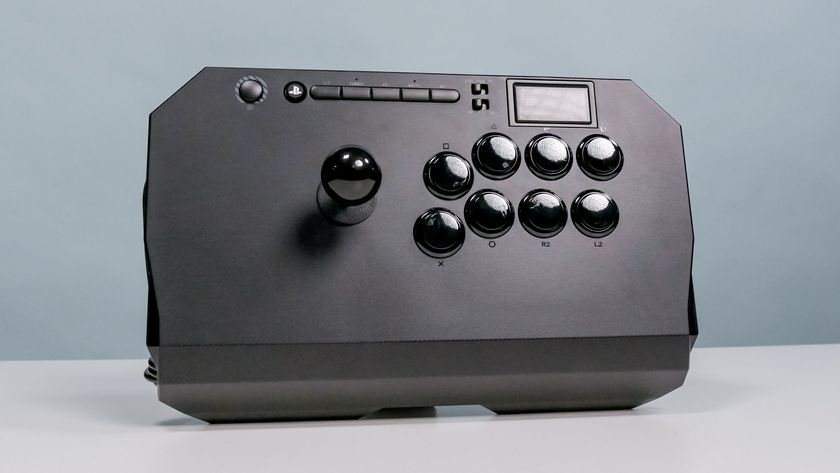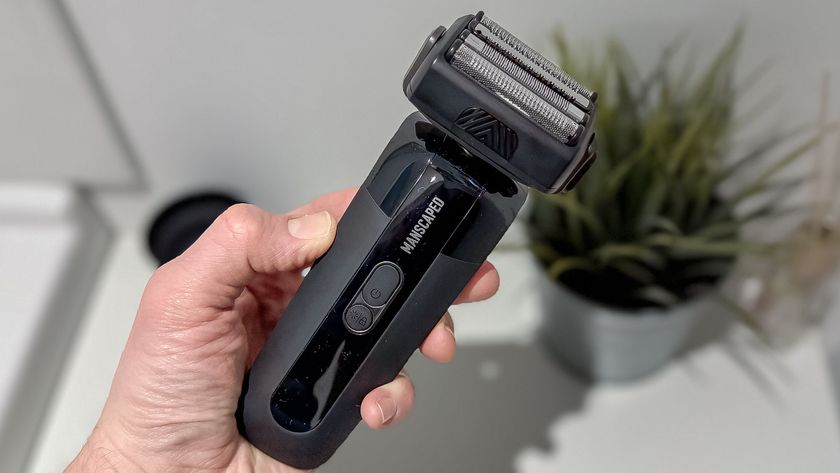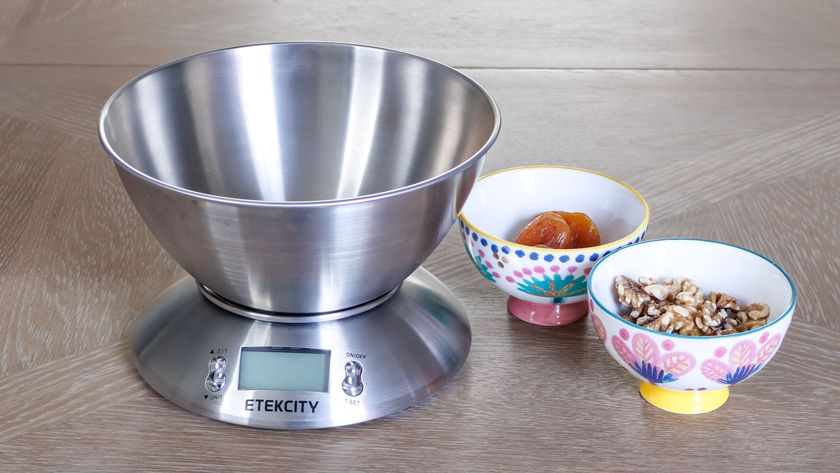Tom's Guide Verdict
The $130 Fitbit Alta provides an easy way to track your activity and sleep in a less bulky design than competing devices, but it has a finicky screen.
Pros
- +
Slim design with interchangeable bands
- +
Accurate, automatic sleep tracking
- +
Easy-to-use app
Cons
- -
Finicky "touch" screen
Why you can trust Tom's Guide
Let’s face it: Fitbits aren't the most stylish. Their staid black bands and rectangular faces instantly brand you as more techy than fashionable. With a frame half as wide as the Fitbit Charge, the $129 Fitbit Alta looks to find its place on the more-petite wrists of a decidedly female and more fashion-forward audience. It also has a larger display and interchangeable bands, to better fit in with whatever you're wearing. But even with all the cosmetic changes, the Alta is still a solid activity monitor.
Design: Basic and Comfortable
In trying to create a device that's more attractive to women, Fitbit has inadvertently made something that's at once masculine and feminine, but is unlikely to appeal to either gender. Most people I showed the Alta to weren't excited by its design, but agreed it was basic enough to wear every day (just not on special occasions). It's perfect for those SoulCycle and Barry's Bootcamp sessions, but still screams fitness tracker.
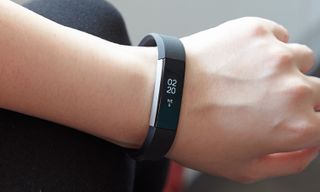
At 0.61 inches thick, the Alta is about half the width of the Charge (and Charge HR). The Alta was plenty comfortable to wear all day. I'm not a fan of having jewelry or accessories on when I go to bed, but the Alta was barely noticeable on my wrist when I slept.
There are no physical buttons on the Alta, and its 1.4-inch-long screen runs parallel to the strap. You can set the display to show the time in a horizontal or vertical orientation. Like other Fitbits, the Alta is water-resistant up to 33 feet, so I felt safe leaving it on while I washed my hands or did the dishes.Both the interchangeable classic and leather bands had the same peg-and-hole closure that is difficult to put on, especially at the innermost holes. I'd prefer the traditional watch clasp that's on the Charge HR and the Fitbit Blaze.
We received the small Alta, but it's also available in large and extra-large versions.
Display: Not the Right Touch
Navigating the Alta's 128 x 36 OLED display is a frustrating experience. Fitbit calls it a Tap Display; it's not actually a touch screen. The device detects motion and uses that to tell if you're poking at the display. I had to jab at the Fitbit with enough force for it to register my input, which I found very inconsistent.
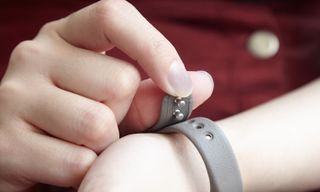
The display only wakes up once you lift your arm or flick your wrist. This was responsive most of the time, but sometimes required a more deliberate movement. You can also tap the screen twice to wake it up, then once to scroll through the pages showing the time, steps taken, distance traveled, calories burned and time active.
It was very easy to read the Alta's display, regardless of whether I was in bright daylight or in a dark room.
I had to jab at the Fitbit with enough force for it to register my input, which I found very inconsistent.
Exercise and Activity Tracking
Don't think, just do. With the Fitbit Alta's automatic exercise recognition, you'll be able to record specific workouts without having to first go through a setup process. The Alta knows when you've started a workout once you've been doing it for more than 15 minutes. It accurately recorded the time I spent briskly walking during my commute. This also works for running, dancing, kickboxing and sports such as basketball, soccer and tennis.
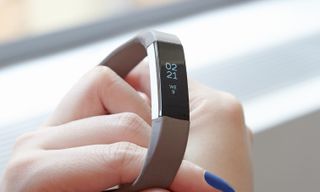
One of the new features that the Alta brings to Fitbit's line is its reminders to move. By default, the Alta is set to encourage you to take about 250 steps each hour, which Fitbit says is about 2 to 3 minutes of walking. You can change this goal through the app.
I rarely got these reminders, partly because the 250-step goal is easy to meet, and also because I've barely been at my desk during the time I've had the Alta. When I did get an alert, though, the wearable vibrated once and asked me, "Wanna stroll?"
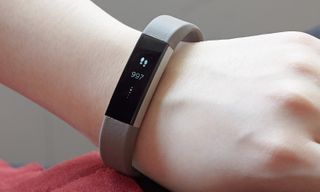
Because it has no heart rate monitor, the Alta can't tell you when you've entered specific cardio workout zones based on your pulse.
Accurate Auto Sleep Tracking
Of all the things the Fitbit can do, my favorite is the auto sleep-tracking tool. Sure, automatically recognizing and recording specific exercises and reminding you to move throughout the day are great for getting and keeping fit. But I'm a firm believer in beauty sleep, and the Fitbit Alta makes it easy to study my Z's.
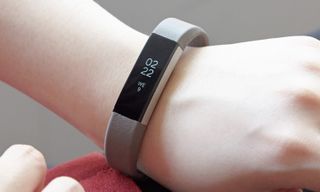
Not only did the Alta accurately (and automatically) record when I fell asleep and awoke, it also monitored the number of times during my slumber that I was restless. I was particularly impressed by how it was able to distinguish between my lazing around on the couch and my periodic naps when I passed out during a Netflix marathon.
The Fitbit's data is not as comprehensive as the report you'll get from the Jawbone Up3 or Up Move. The latter tells you how long it took for you to fall asleep, how much of your slumber was in REM modem, and then offers guides such as a UCLA meditation audio clip to help you fall asleep faster. The Fitbit app does not offer guides on how to improve your sleep, but merely lets you set goals and encourages you to achieve them.
Notifications
When you are within range of your phone, the Fitbit Alta will send your call, text and calendar notifications to your wrist. The wearable vibrates when an alert comes in, shows the sender's name, then scrolls a 40-character preview of your message at a pace that's fast enough to read, but not too slow.
I'm a firm believer of beauty sleep, and the Fitbit Alta makes it easy to study my Z's.
However, it did take about a second for the message to show up after the Alta vibrated and the sender's name was displayed.
App: Friendly and Informative
I've grown addicted to checking out my stats on Fitbit's easy-to-read app. Its home screen shows my achievements that day, from the number of steps I'd taken, distance traveled and calories burned, to the time I've spent exercising or asleep. I like this layout, as it puts all the information I want on one page, and gives me more in-depth data on each section with one tap.
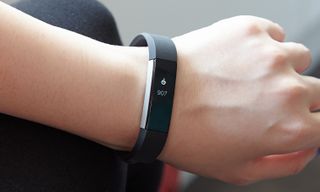
You can also enter your meals in the app for a more well-rounded way to track your overall health. The food library is extremely comprehensive — my search for fried rice turned up dozens of variations, including popular store-brand options.
The app also lets you monitor the amount of water you've consumed each day, but I barely used this feature since I don't think about logging the many, many sips of water I take each day.
Those who need a little more motivation to meet fitness goals can take on their friends in several challenges, such as Goal Day (do everything you can to reach your daily step goal) and Workweek Hustle (try to get the most steps in between Monday and Friday). You can also add friends (via your phone's contacts or Facebook) to check in on each other's progress and send encouraging messages.
Battery Life
Fitbit says the Alta will last five full days and nights on a charge, and that claim held up during my testing. I charged it up to 100 percent on Wednesday afternoon, and used the wearable about every hour or so. By Monday afternoon, the Alta's in-app battery indicator showed that the wearable had about a third of the battery left. That's longer than the five days promised.
I became addicted to checking out my stats on Fitbit's easy-to-use app.
When you eventually need to plug in, the Alta's charger is built into a clip that latches securely onto the tracker. Unfortunately, the cable is pretty short, so the device may end up dangling off a wall outlet while charging.
Bands and Accessories
Fitbit offers three types of bands — classic, luxe leather and luxe metal — at $30, $60 and $100, respectively. We received a graphite leather band in addition to the black classic one that came with our Alta, but the strap feels more like rubber than leather. The graphite color is also redder than it looks in pictures, making it look like it came from an old, unwashed couch.
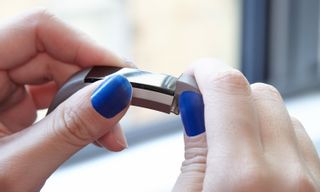
The bands are easy enough to swap out — just push the catch on the underside and slide the strap up.
Bottom Line
Don't expect to earn too many style points with the $130 Fitbit Alta, and you won't be disappointed. The fitness tracker is good as an everyday accessory for those with smaller wrists, and accurately monitors your activity. Plus, it has a new feature that reminds you to move, and automatically tracks your sleep. Too bad its display is not the easiest to navigate. However, as a less bulky alternative to the $129 Fitbit Charge, the Alta is a solid option.
Cherlynn is Deputy Editor, Reviews at Engadget and also leads the site's Google reporting. She graduated with a Master’s in Journalism from Columbia University before joining Tom's Guide and its sister site LaptopMag as a staff writer, where she covered wearables, cameras, laptops, computers and smartphones, among many other subjects.
